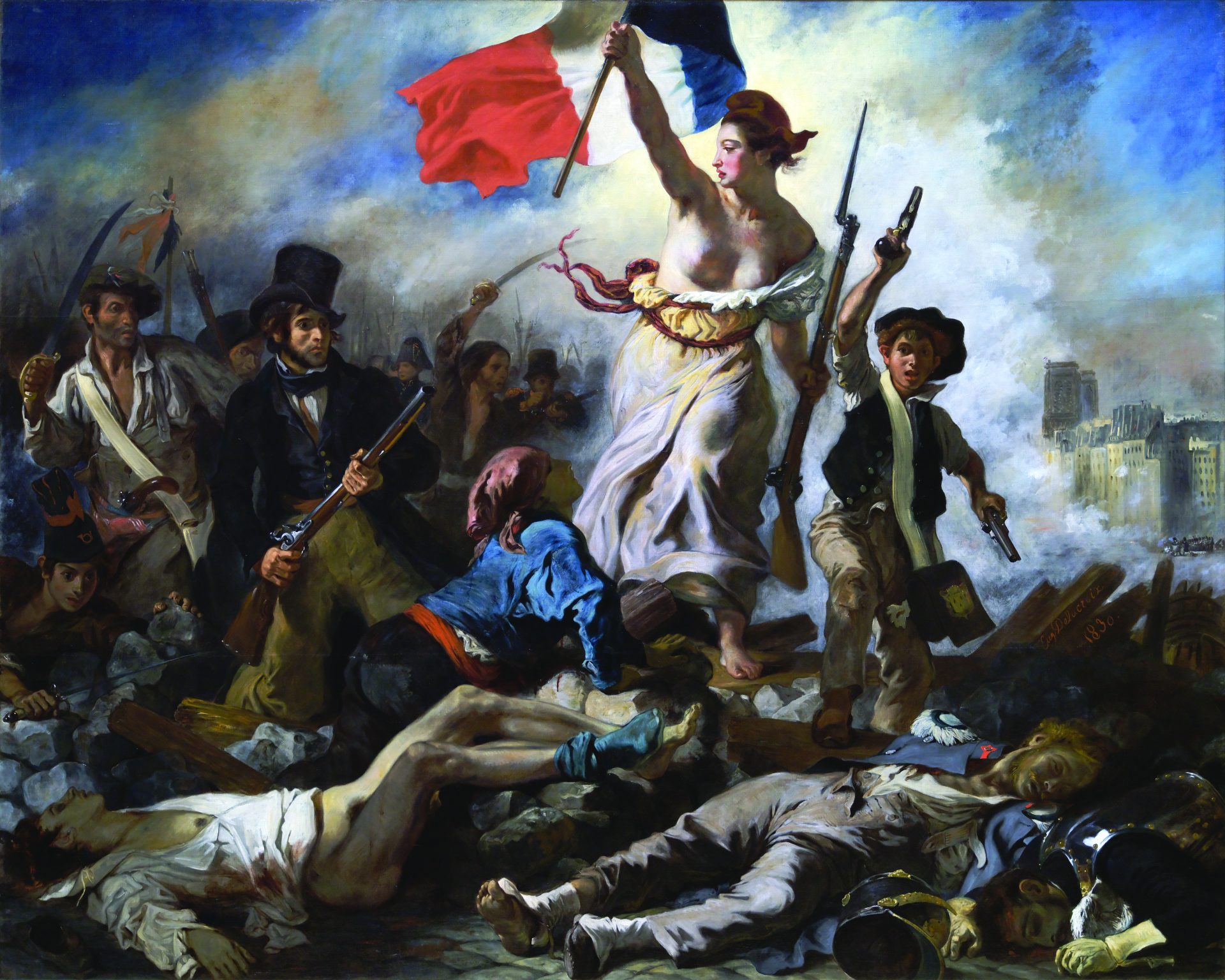My sister is in our parents’ bedroom, at Mother’s vanity dresser. She tries on earrings and necklaces; she hazards a provocative smile; she puts her right elbow on the glass-covered dresser top and places her chin on her hand. (Her ballet-class hand, soft but alert and slightly rounded.) Before dinner, she will ask: “Who do I look more like, Lena Horne or Dorothy Dandridge?”
I am listening to records. Guys and Dolls, The King and I, Oklahoma . . . I perform rake bravado, soubrette whimsy, judicious womanliness . . . In the South Pacific, the beautiful young lieutenant from Main Line Philadelphia has found himself in love with a beautiful brown-skinned girl in the South Pacific. She is Polynesian and speaks no English. (We know, though the rest of America may not, that Juanita Hall, who plays her mother, is really a Negro.)
The lieutenant has learned a lesson I already know, a lesson he sings about with the fearless, legato insistence of the wholly sheltered. “You’ve got to be taught to be afraid / Of people whose eyes are oddly made.” Singing along, I make the oddly more staccato and curl my lip. His “And people whose skin is a different shade” is earnest, impassioned. I keep the passion but mute the earnestness with a raised eyebrow.
It’s weekend-television time.
Sammy Davis Jr. is going to be on The Milton Berle Show.
Dorothy Dandridge is going to be on The Jerry Lewis Colgate Comedy Hour.
Lena Horne is going to be on The Frank Sinatra Timex Show.
These are seminal moments in the viewing mores of the whole nation.
After dinner, the four of us gather in the TV room. Our parents are on the couch; Denise and I push the hassocks as near the TV as we can or stretch out on the floor till we’re told to sit up.
Ladies and gentleman, please welcome . . .
Sammy Davis Jr. does a swing run onto the stage. He wears a taut, close-fitting suit and rectangular black-framed glasses.
My parents saw him live in New York.
My father: “He can do it all!”
My mother: “He certainly can.” [Pause.] “He still has too much oil in his hair.” They’ve talked about how men in show business use either too much oil or oil that’s too thick. They don’t always use stocking caps, either. Stocking caps settle the hair into thin ridge waves that needn’t pretend to be straight.
Sammy can dance (beautifully) and sing (very well). He enunciates crisply, with no trace of a stock Negro accent. He imitates the racially neutral vocal stylings of Nat King Cole and Billy Daniels and the racially white vocal stylings of Cary Grant, James Stewart, and James Cagney. This is cheeky and very satisfying. Daddy sits back on the couch. We hear him chuckle. Mother leans forward eagerly and tips her cigarette into the aquamarine glass ashtray.
Sammy isn’t on his own, though—not yet. For now, he is always followed onstage by two quiet, portly, balding men. He is still tied to his father, Sammy Davis Sr., and the kind employer of his childhood whom he still calls Uncle Will. He is still part of their Will Mastin Trio. “He’s carrying them along,” Mother says. The older men have the generic smiles of vaudeville secondstringers who learned many years ago how to frame the star, keep time, recede, do their specialty step, recede, and exit. They’re from an age before television: before Broadway theaters like Ed Sullivan’s, where cheerful white people sit, eager to be entertained; before TV rec rooms; before dens where Negro families sit waiting to be entertained and hoping not to be denigrated. Will Mastin and Sammy Davis Sr. are folk art before folk art becomes museum-worthy.
“I think it’s time for them to go,” my father says in a gentle but definite way.
My sister and I study pictures of Lena and Dorothy. Lena’s nostrils flare; they do not spread. The bridge of her nose is thin and exact. Dorothy’s nose is a little bit fuller, but it’s not full. And she has a dimple right above her lips. Cupid-bow lips. Maidenly lips. Lena’s smile is wide, but her lips are not. She has high, wide Indian cheekbones, so she needs a wide smile. Her top lip is so narrow that she probably has trouble applying lipstick properly. Like my grandmother.
Lena and Dorothy can wear their hair any way they want. Upswept with bangs and tendrils, like Jennifer Jones, shoulder-length with wave clusters, like Elizabeth Taylor, trimmed to a cap of wayward curls, like Ava Gardner, who’s from the South and may have black blood. They look glamorous, they look comfortable, in evening gowns and fur stoles like Mother and her friends. But most people don’t know we Negroes dress like that.
When a woman sings on a television show, she’s supposed to be singing in her apartment or her boudoir. There’s a window frame with curtains behind her. She can peer into a mirror frame and pout. She can perch on a small cushioned chair and kick her legs up. She can fling herself onto a love seat. She can even pick up a real poodle when the song ends and hug it.
Dorothy wears a pale ruffled ball gown in her “apartment.” She has put her hair in a society-hostess bun with a center part. There are four strands of pearls around her neck. She looks down, as if she’s misbehaved, then lifts her head and smiles.
Blow out the candle, she sings pertly,
Blow out the candle,
Blow out the candle so the neighbors won’t see!
She cups her hands at her waist, clasps them at her throat—opera singers always do this on TV—throws her head back just a bit, and smiles again. She extends an arm, then flings it up and flicks her wrist. It’s almost Spanish! Her shoulders move slightly, no more than a few measures, and off the beat. Then she sways her hips, pretending not to notice they’re swaying. (“Just enough,” says my mother.) She mimes snuffing out a candle like French maids do in operas.
Won’t you blow out the candle,
So there will be no scandal?
And no one will know
You’ve been ki-is-ssing me!
“Why couldn’t they give her a real song, Ellington or a show tune?” my father wants to know. He doesn’t want to know, he knows, and we know, too. “She did the best she could do with that little ditty.”
But Lena sings Cole Porter. She’s wearing a black sheath with full-length see-through sleeves. The white curtains behind her curl and drape.
“While tearing off a game of golf . . .” Hah! My father doesn’t care about golf, but plenty of his friends do. The neckline of her sheath is tulle netting. Tulle ruffles cuff her wrists. Lena doesn’t move her body at all. She stands in profile the whole time she sings. Her behind is perfectly round, not big. One arm is poised at her waist. The other moves stealthily toward the fancy chair that must go with a vanity dresser that isn’t on the set. She places her wrist on the chair back with extreme care. (Hauteur is my mother’s word.) She has ballet hands, but they’re a little pointed. They’re show-business ballet hands. She lets two fingers touch the curve of the chair and move back and forth.
“Ah just adore his asking for more” (she makes her eyes very big and stares out), “but my heart belongs to Daddy.” Now she is smiling and curling her lips at the same time. She stretches her mouth open, she makes it very wide, and we see her teeth, whiter than the curtains and gleaming in perfect formation. She turns her face away and lifts her chin. She shows only her profile as the song ends, and the audience applauds.
My parents talk about what she does with her face. Lena mugs, they agree, but she can get away with it. She’s a beauty. And she used to be bland. Then she married Lennie Hayton. He was a bandleader and a big wheel at MGM. He gave her sophisticated arrangements and taught her how to put a song over with personality. Hayton is white. When you see pictures of them in Ebony, though, he’s the one who looks grateful. He’s always smiling. He’s standing behind her most of the time, with his white hair and little beard.
Lena knew what she was doing. And she always knows how to carry herself.
Margo Jefferson is the author of On Michael Jackson (Pantheon, 2006).






